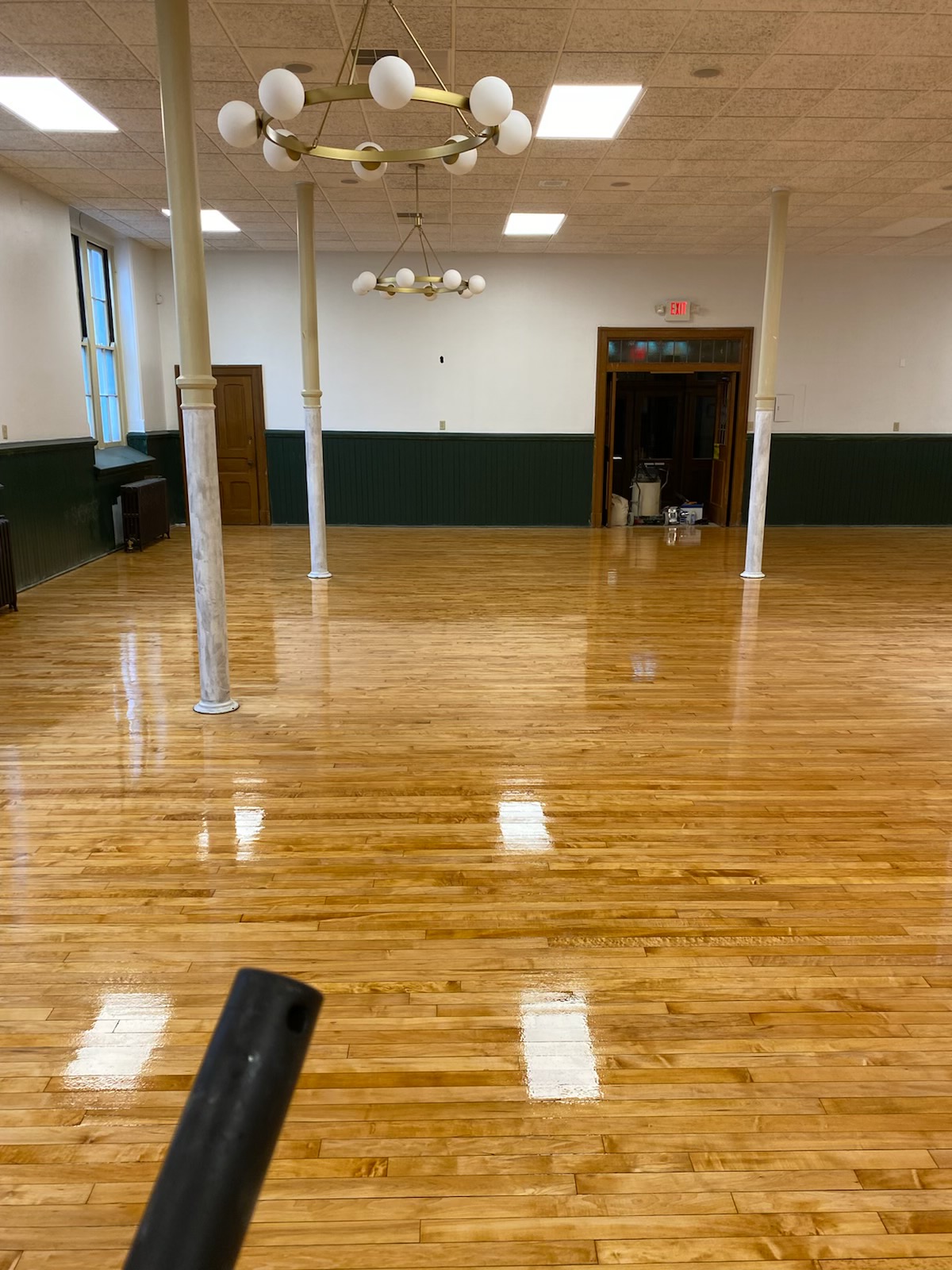Thinking about upgrading your floors but not sure whether to go with solid hardwood or engineered wood? You’re not alone. As trusted flooring experts in Cincinnati, Gramer Flooring has helped hundreds of homeowners decide which flooring option best suits their lifestyle, budget, and home design.
Let’s break down the differences in appearance, moisture resistance, cost, and room suitability, so you can make the right decision for your space—whether it’s your kitchen, basement, or a busy hallway.
1. Appearance: Can You Tell the Difference?
Visually, both hardwood and engineered wood floors can be stunning—and in many cases, it’s hard to tell them apart.
-
Solid Hardwood is milled from a single piece of wood and offers a timeless, authentic look.
-
Engineered Wood is made with a real hardwood top layer bonded to a plywood or high-density fiberboard core. It looks like hardwood because it is hardwood on the surface.
What you should know:
-
Both offer wide planks, rich tones, and premium finishes.
-
Solid hardwood can be refinished more times, giving you long-term flexibility for changing styles.
-
Engineered wood comes prefinished and tends to have more consistent color and grain due to the manufacturing process.
2. Moisture Resistance: Who Holds Up Better?
Moisture is one of hardwood’s biggest enemies—especially here in Cincinnati, where our summers are humid and winters are damp.
-
Solid Hardwood expands and contracts with moisture changes. This can lead to warping, cupping, or gapping in high-moisture environments.
-
Engineered Wood is more dimensionally stable and handles humidity much better thanks to its layered core.
Best for:
-
Kitchens: Engineered wood is usually the safer bet if your kitchen sees spills and steam.
-
Basements: Never install solid hardwood below grade. Engineered wood is ideal for basements thanks to its moisture resistance.
-
Bathrooms & Laundry Rooms: Neither is perfect, but engineered wood performs better in these semi-moist areas.
3. Cost: What Fits Your Budget?
Budget matters—and the price difference can be noticeable depending on the wood species and installation method.
Solid Hardwood:
-
Typically more expensive due to the quality of raw material.
-
Installation costs are higher, especially if sanding and finishing is done on-site.
-
Lasts decades with proper care—considered a long-term investment.
Engineered Wood:
-
More affordable upfront.
-
Easier and faster to install—often comes prefinished with click-lock options.
-
Still a great return on investment, especially for high-end engineered products.
4. Where Should You Install Each Type?
Here’s a quick guide to help you match flooring to the right room:
| Room Type | Best Flooring Option | Why? |
|---|---|---|
| Living Room | Solid or Engineered Hardwood | Durable, beautiful, and adds warmth |
| Kitchen | Engineered Wood | Resists moisture, easy maintenance |
| Basement | Engineered Wood | Moisture-resistant, no warping |
| Bedrooms | Solid Hardwood | Quiet, cozy, refinishing flexibility |
| Hallways & Stairs | Solid Hardwood or Engineered | High traffic? Both can handle it, with right finish |
| Bathroom | Neither ideal – try waterproof vinyl or tile instead |
Final Thoughts: Which Is Right for Your Home?
Both solid hardwood and engineered wood bring beauty and value to your home. Your decision comes down to:
-
Where you’re installing it
-
Your budget
-
Your style preference
-
How much moisture or traffic the area will get
Need help deciding or want to see samples in person? Our Cincinnati team at Gramer Flooring is here to walk you through every option and help you find the perfect fit for your lifestyle.
Ready to Get Started?
Call us at 859-663-7678 to speak with a flooring expert
Visit our showroom or book a free consultation online
Check out our Google Maps listing to read real reviews from your neighbors
Whether you choose solid hardwood or engineered wood, Gramer Flooring has the experience and craftsmanship to bring your dream floor to life. Let’s build something beautiful together!
